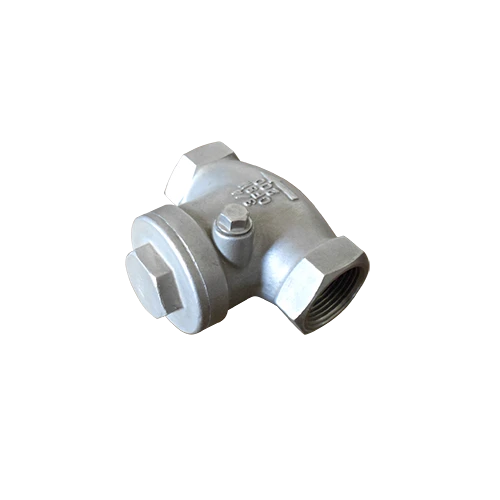Mobile:+86-311-808-126-83
Email:info@ydcastings.com
How to Cast Hollow Objects
How to Cast Hollow Objects
Casting hollow objects can be an intriguing process, whether for artistic purposes, prototyping, or functional applications. Here’s a comprehensive guide on how to effectively cast hollow objects, ensuring both precision and quality.
1. Understanding the Basics
Casting is a manufacturing process where a liquid material is poured into a mold and allowed to harden. When creating hollow objects, special techniques and considerations must be employed to achieve desired results. Common materials for casting include metals, plastics, and ceramics, each offering unique properties and applications.
2. Choosing the Right Material
The first step in casting hollow objects is selecting the appropriate material for your project. For instance, if lightweight and strength are priorities, aluminum might be a suitable choice. For intricate designs, resins or ceramics could be more advantageous. Each material comes with its own melting point and characteristics, which directly affects the casting process.
Creating a mold is a crucial step in the casting process. For hollow objects, a two-part mold is often necessary. This involves using a material like silicone or plaster that captures the details of the object while allowing for an inner cavity. When designing your mold, ensure that there are adequate vents or channels to allow air to escape. This prevents air bubbles, which can compromise the object's integrity.
4. Preparing the Materials
how to cast hollow objects

Before pouring the casting material, it’s vital to prepare both the mold and the material. Clean the mold thoroughly to remove any debris or contaminants that could affect the final product. If using a bonding agent or release agent, apply it to the mold's interior to facilitate easier demolding after the casting has cured.
5. Pouring the Material
Once everything is prepared, carefully pour your chosen casting material into the mold. If it’s a two-part mold, pour the material slowly to help eliminate air pockets. Make sure to fill the mold entirely, ensuring that the hollow areas are adequately formed. For larger objects, consider pouring in sections to manage the flow of material more effectively.
6. Curing and Demolding
After pouring, allow the material to cure as per the manufacturer's guidelines. Curing times can vary significantly between materials. Once the object has cured completely, gently remove it from the mold. Be cautious during this step to avoid damaging delicate areas.
7. Finishing Touches
Once the hollow object is demolded, it may require additional finishing work such as sanding, painting, or sealing, depending on the intended use. Inspect your object for any imperfections and repair them as necessary.
Conclusion
Casting hollow objects is a rewarding process that combines creativity and technical skill. By following these steps—choosing the right material, designing an effective mold, and ensuring careful execution—you can produce high-quality hollow castings for a variety of applications. Whether you’re an artist, an engineer, or a hobbyist, mastering this technique opens up a world of possibilities in your creative endeavors.
-
Why Should You Invest in Superior Pump Castings for Your Equipment?NewsJun.09,2025
-
Unlock Performance Potential with Stainless Impellers and Aluminum End CapsNewsJun.09,2025
-
Revolutionize Your Machinery with Superior Cast Iron and Aluminum ComponentsNewsJun.09,2025
-
Revolutionize Fluid Dynamics with Premium Pump ComponentsNewsJun.09,2025
-
Optimizing Industrial Systems with Essential Valve ComponentsNewsJun.09,2025
-
Elevate Grid Efficiency with High-Precision Power CastingsNewsJun.09,2025











